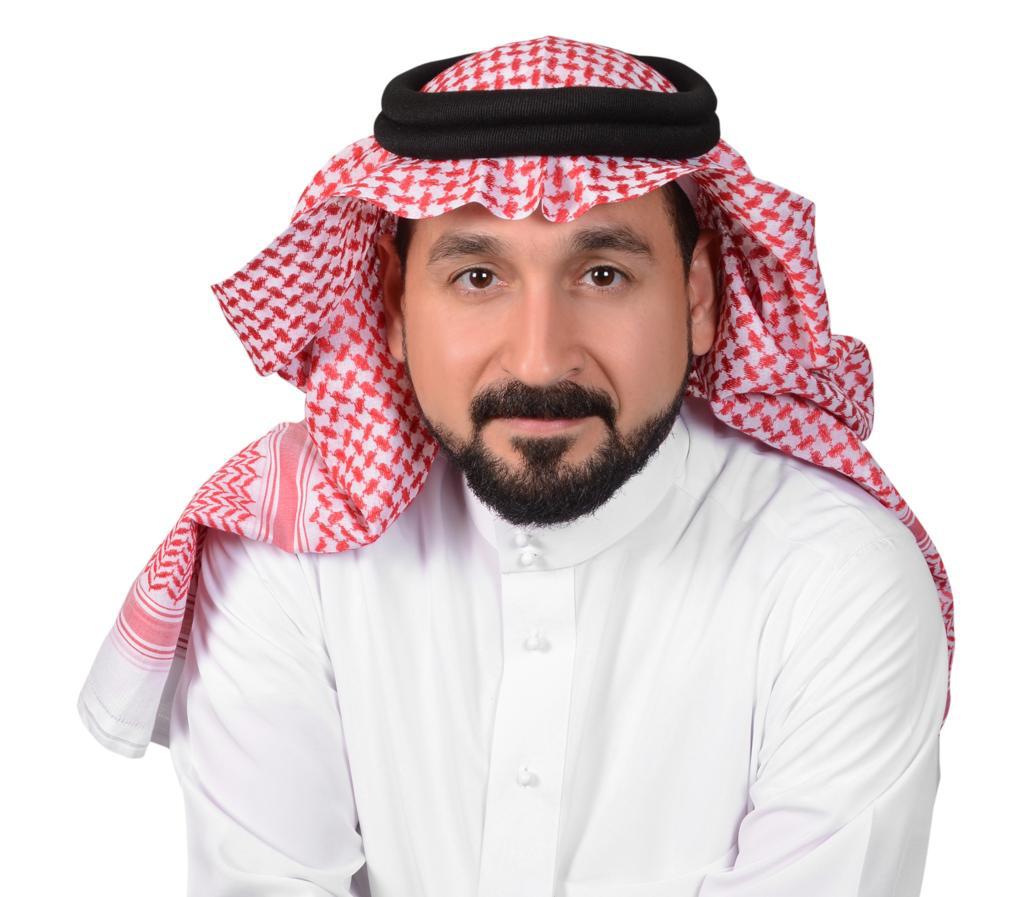A Comprehensive Overview of the Saudi and Arab Pharmaceutical Market
الأربعاء - 30 أكتوبر 2024
Wed - 30 Oct 2024
Dear reader, in a constantly changing world, the Arab market is experiencing dynamic developments that are shaping the future of the region's economies. In this context, the data on overall market sales from 2019 to 2023 shows a continuous increase in market size, driven by economic growth and structural reforms in many Arab countries. In this article, dear reader, we will highlight the critical milestones of sales growth in the Arab markets and reveal the region's opportunities and challenges.
The sales volume in Arab markets increased significantly between 2019 and 2023, with total value jumping from $23 billion in 2019 to $32 billion in 2023. These figures reflect the growing demand for products and services and the increasing government commitment to achieving economic diversification and promoting sustainable development.
Among the Arab markets, Saudi Arabia maintained its position as the largest market in the region, with sales rising from $8.6 billion in 2019 to $11.3 billion in 2023, reflecting the intense efforts made by the Kingdom under Vision 2030 to broaden its economic base beyond oil.
Several Arab countries have achieved impressive growth rates, with Egypt recording the highest compound annual growth rate (CAGR) of 16.6%. This growth reflects bold economic reforms that have improved the investment climate and increased spending on infrastructure, stimulating the private sector and expanding the market size.
In the United Arab Emirates, markets achieved a compound annual growth rate of 13.0%, as the UAE benefited from economic stability and diversification policies focusing on developing sectors such as technology and innovation, making it an attractive investment destination.
Dear reader, the data indicates that Saudi Arabia is steadily advancing towards enhancing economic diversity and reducing reliance on oil revenues. The Kingdom achieved a compound annual growth rate of 7.3%, attributed to several factors, most notably the economic reforms introduced under Vision 2030, such as enhancing the role of the private sector and encouraging investment in non-traditional sectors like technology and tourism.
Saudi Arabia is also improving its investment and commercial infrastructure, making it an attractive environment for capital and investors seeking promising opportunities in the region.
The growth indicators witnessed in Arab markets from 2019 to 2023 are strong evidence of the region's immense potential. With the continued implementation of economic diversification plans, markets are expected to maintain positive growth, driven by investments in infrastructure and major projects and a focuson technology and innovation as growth tools.
Saudi Arabia and the United Arab Emirates are two prominent examples in this context, as they strive for further economic diversification by focusing on new sectors and investing in projects that add value to the local economy.
Saudi Arabia is one of the leading countries in the region in terms of adopting ambitious economic strategies, such as Vision 2030, which aims to achieve economic diversification and reduce dependence on oil. The recent growth in market sales serves as evidence of the success of this vision, with a focus on increasing infrastructure investment, supporting the private sector, and enhancing competitiveness. Additionally, innovation and support for entrepreneurship reflect Saudi Arabia's commitment to economic diversification and building a sustainable future that strengthens its ability to face global challenges and achieve further progress.
In summary, the data on Arab market sales from 2019 to 2023 reflects the market's dynamism and adaptability to global and local changes. The variation in growth rates among countries highlights each country's challenges while emphasizing the significant opportunities that Arab countries can seize to achieve progress and prosperity.
If Arab governments continue to focus on developing the investment environment and promoting innovation, the region will witness a bright future filled with opportunities and growth. Bold economic reforms and ambitious future visions represent a strong foundation for achieving sustainable development and prosperity for the region's people, making Arab markets one of the promising destinations for investment and growth soon.
Related Articles

The Rise of IPOs in the Biotechnology SectorThe Rise of IPOs in the Biotechnology Sector

Saudi Minister of Finance Heads Kingdom's Delegation to 2024 IMF-WBG Annual Meetings & 4th G20 FMCBG MeetingSaudi Minister of Finance Heads Kingdom's Delegation to 2024 IMF-WBG Annual Meetings & 4th G20 FMCBG Meeting

Saudi Minister of Finance Participates in PIIE Macro Week on the Sidelines of 2024 IMF-WBG Annual MeetingsSaudi Minister of Finance Participates in PIIE Macro Week on the Sidelines of 2024 IMF-WBG Annual Meetings

Who Will Dominate the Future of Pharmaceutical Industries in 2030?Who Will Dominate the Future of Pharmaceutical Industries in 2030?





